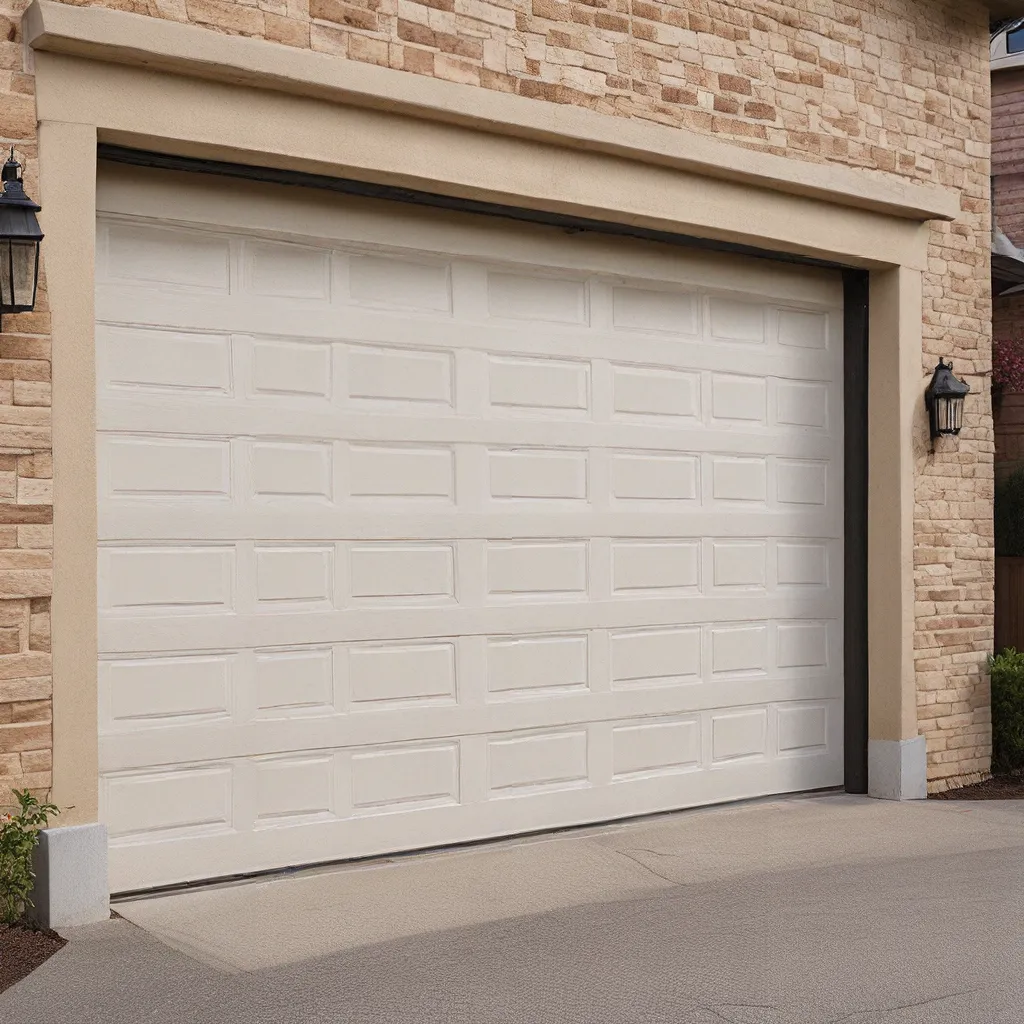
Understanding Garage Door Sensors
Garage door sensors play a crucial role in ensuring the safety and proper functioning of your garage door system. They work by utilizing infrared technology to detect objects or obstructions in the path of the closing garage door. Each sensor is equipped with an infrared LED light that emits an invisible beam across the opening of the garage door. When the door is in motion, the infrared beam is transmitted from one sensor to the other. If an object such as a person, vehicle, or pet interrupts the beam while the door is closing, the sensors trigger a safety mechanism that stops or reverses the door’s movement, preventing accidents and injuries.
Garage door sensors typically consist of two components: a sending unit and a receiving unit. The sending unit emits the infrared beam, while the receiving unit detects the beam and sends a signal to the garage door opener to either continue closing or stop and reverse the door’s direction. Both units must be properly aligned and functioning for the sensors to work effectively.
Common Sensor Issues and Troubleshooting
1. Sensor Misalignment
Sensor misalignment is a prevalent issue that can occur due to various factors, such as accidental bumps or vibrations. Misaligned sensors can prevent the door from closing properly, leading to inconvenience and potential security risks. It’s essential to regularly check the alignment of your sensors and adjust them if necessary to ensure seamless operation.
To troubleshoot sensor misalignment:
1. Ensure that the LED lights on both sensors are lit and not blinking.
2. If the sensors are misaligned, adjust their positions until they are properly aligned, using a level if necessary.
3. Take your time to carefully align the sensors to ensure accuracy.
2. Dirt and Debris Buildup
Over time, dust, dirt, and debris can accumulate on the sensor lenses, obstructing the infrared beams and causing malfunctions. Regular cleaning of the sensor lenses is crucial to maintaining optimal performance.
To clean the sensor lenses:
1. Use a soft, clean cloth to gently wipe the lenses and remove any buildup.
2. Avoid using harsh chemicals or abrasive materials that could damage the sensors.
3. Ensure that the lenses are dry and free of any water spots or residue.
3. Wiring Issues
Faulty wiring, corroded connections, or electrical interference can disrupt communication between the sensors and the garage door opener, resulting in erratic behavior or a complete failure to operate. It’s essential to inspect the wiring connections regularly and address any signs of damage or corrosion promptly.
To troubleshoot wiring issues:
1. Inspect the wiring connections between the sensors and the garage door opener.
2. Ensure that all connections are secure and tight to prevent electrical issues.
3. Replace any damaged or corroded wires or connectors to restore proper communication.
4. Obstructions in the Sensor’s Line of Sight
Objects such as leaves, cobwebs, or even insects can obstruct the sensors’ line of sight, triggering the safety reversal mechanism and preventing the door from closing. Regularly inspect the sensor area and remove any obstructions to ensure unimpeded operation.
5. Interference from Sunlight or Reflective Surfaces
Direct sunlight or reflective surfaces can interfere with the infrared beam transmission, causing false positives or preventing the sensors from detecting obstacles accurately. Installing sun shields or visors above the sensors can help block direct sunlight and minimize interference. Alternatively, adjusting the sensor angles can also help mitigate sunlight interference.
Troubleshooting Incomplete Door Closure
If your garage door starts to close but then reverses after only traveling down an inch or so, it could be due to a few common issues:
- Obstructed sensors: Check the sensor area for any objects or debris that may be blocking the infrared beam.
- Misaligned sensors: Ensure that the sensors are properly aligned and the indicator lights are lit.
- Sunlight interference: Install sun shields or adjust the sensor angles to minimize the impact of direct sunlight.
Addressing Blinking Sensor Lights
Blinking sensor lights typically indicate a misalignment or a problem with the wiring connection. To troubleshoot this issue:
- Realign the sensors to ensure proper positioning and unobstructed infrared beam transmission.
- Check the wiring connections between the sensors and the garage door opener, tightening any loose connections and replacing any damaged wires.
Seeking Professional Assistance
While minor sensor issues such as misalignment or dirty lenses can often be resolved with DIY troubleshooting, complex electrical problems or uncertainty about the repair process may require the expertise of a qualified technician. Trained professionals have the knowledge and tools to diagnose and resolve sensor issues efficiently, ensuring the safe and effective operation of your garage door system.
By following these troubleshooting steps and addressing common sensor issues promptly, you can ensure smooth operation and safety for your garage door system. Regular maintenance and attention to sensor functionality will help prevent unexpected malfunctions and keep your garage secure and accessible.
Key Takeaways
- Garage door sensors play a crucial role in the safe operation of automatic garage doors, ensuring the door reverses if something obstructs its path.
- Common sensor issues include misalignment, dirt and debris buildup, wiring problems, obstructions, and interference from sunlight or reflective surfaces.
- Troubleshooting steps include checking sensor alignment, cleaning lenses, inspecting wiring, removing obstructions, and installing sun shields.
- Seek professional assistance for complex electrical problems or if you’re unsure about the repair process to ensure the proper functioning of your garage door sensors.
- Regular maintenance and attention to sensor functionality will help prevent unexpected malfunctions and keep your garage secure and accessible.


